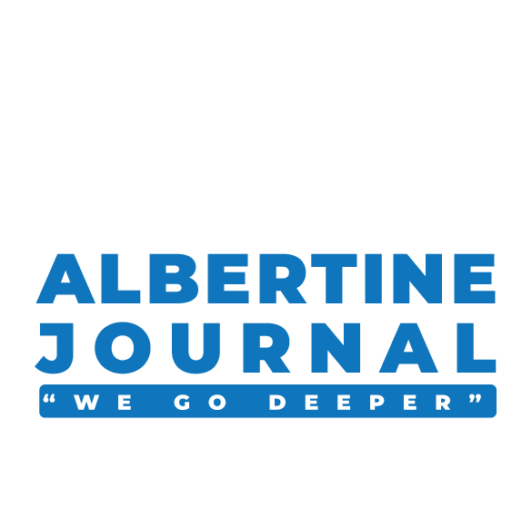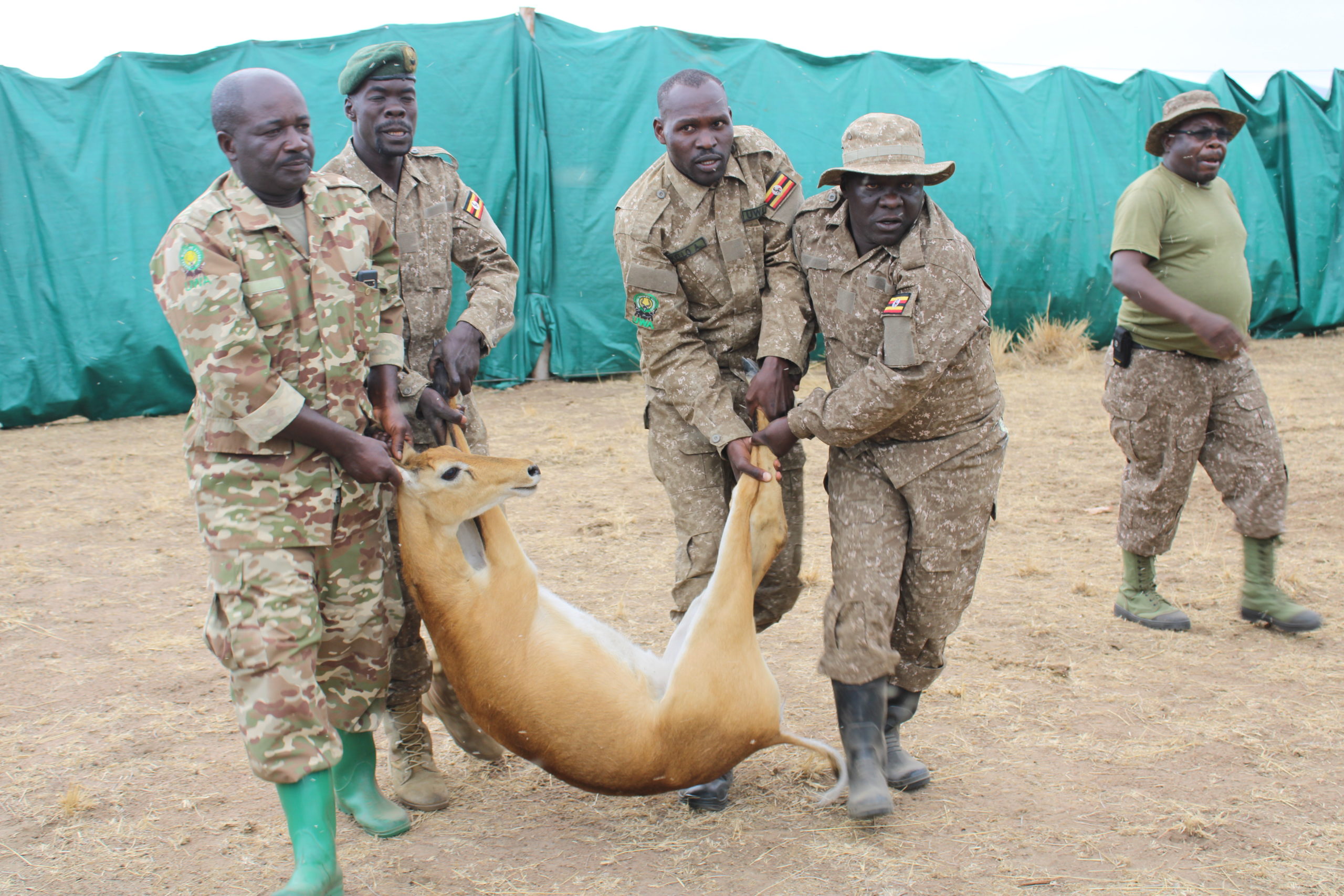The Uganda Wildlife Authority (UWA) has started translocation of 200 Kobs from Kabwoya Wildlife Reserve to Kidepo Valley National Park in North Eastern Uganda.
Sam Mwandha, UWA’s Executive Director in a speech delivered on his behalf by John Makombo, UWA Director for Conservation, while launching the exercise at the reserve which is situated within the Western side of the Albertine Rift Valley in Kikuube district on Thursday, said this is expected to last two weeks.
On the first day, 30 Kobs were captured and immediately trans-located on a 485 kilometres distance by road to Kidepo Valley National park in Karamoja region in the first batch of the exercise estimated to cost sh100m.
Kabwoya Wildlife Reserve has a total of 1,500 kobs and is also sandwiched between the breathtaking blue mountains of the Congo and Lake Albert, covering 87 square kilometres area.
During the dry season it faces a shortage of grass and has hit its carrying capacity.
“Now UWA wants to ease pressure and take them to areas where we need them and enhance the population of kobs which was dwindling in Kidepo Valley National Park,” Mwandha said.

Kidepo Valley National Park which covers a distance of 1, 442 square kilometres has had its kob population disappear due to poaching.
Mwandha said given the insecurity in Karamoja where people had guns, kobs were easy targets for rustlers.
However, he said this is not the first translocation of kobs to Kidepo Valley National Park, adding that in 2017 they took 210 and they have since produced and multiplied.
He said the other reason was to stop inbreeding amongst kobs which is a precursor for bad genes and can result in offspring with reduced survival and fertility.
“We want to have a multiplication of good and new gene-breeds,” the UWA Executive Director said.
UWA also wants kobs to save the population of lions in Kidepo Valley National Park.

“We have got a challenge in Kidepo. Buffalos are many and every time a lion hunts for a buffalo, the hunter leaves with serious injuries and as a result the population of lions has decreased. Kobs can multiply fast and the lions get easy food to survive on. We need lions because they are very good species for tourism in the park.”
Mwandha said apart from kobs they are going to do translocation of 37 giraffes from Murchison Falls National Park.
UWA will also translocate 20 Rhinos from Ziwa Ranch to Ajayi Park and the exercise is to cost sh4b by 2024.
UWA is currently doing Environmental Impact Assessment for enclosures and the impact on biodiversity once introduced into the area.
Patrick Atimnedi, a senior manager for veterinary services at UWA, said the mass capture of kobs involves use of seven land cruisers (vehicles) where they do a formation based on how animals are behaving.
The kobs are herded into the tarpaulin curtains where they proceed and run through an “escape” chamber that leads them straight into the mass crate-truck to be trapped.
“Sometimes they don’t enter, so, they are caught where we manually ear tag them, collect medical samples for several health complications and then the truck is closed and the journey begins,” he explained.

